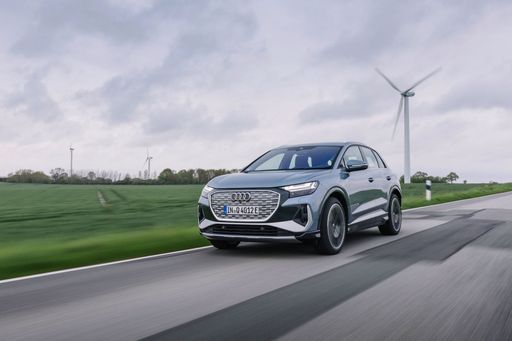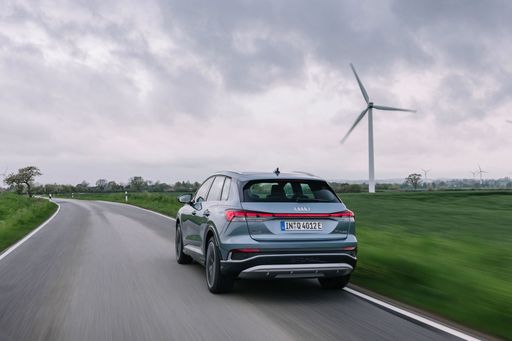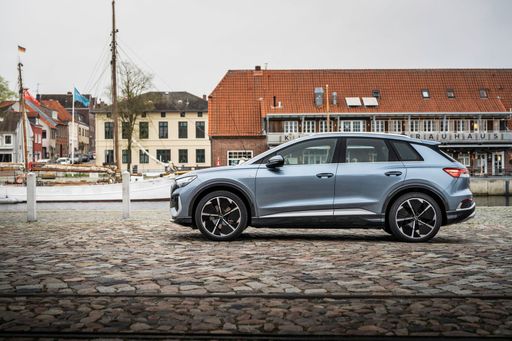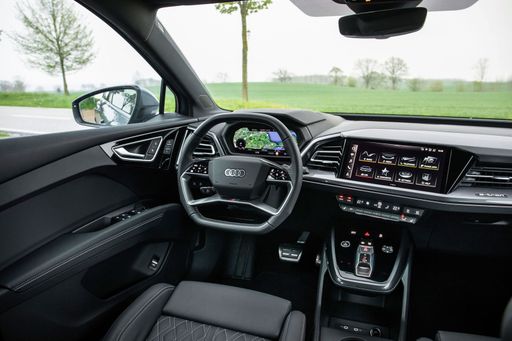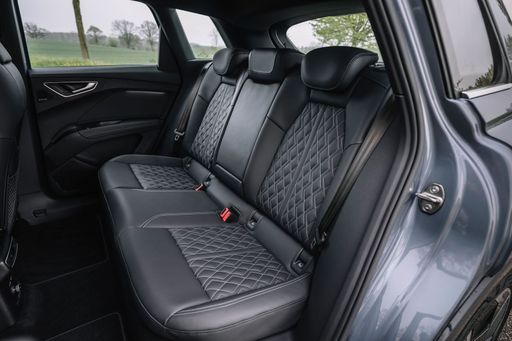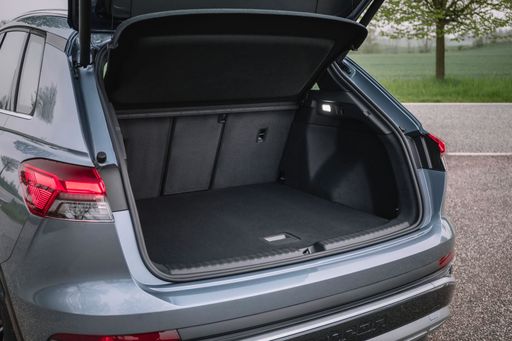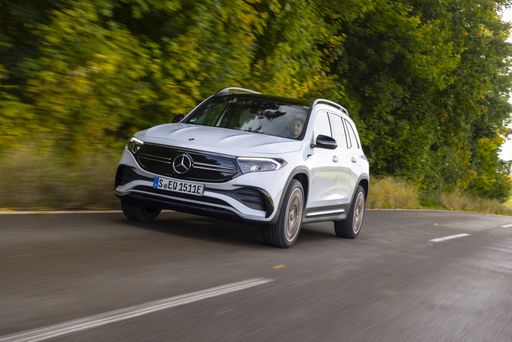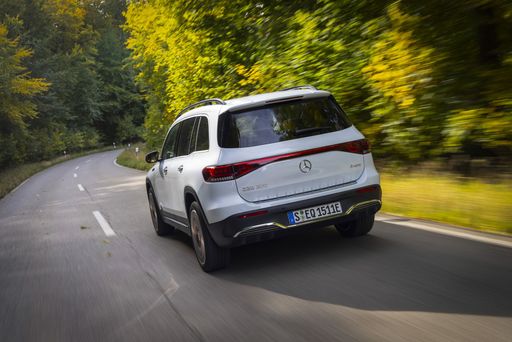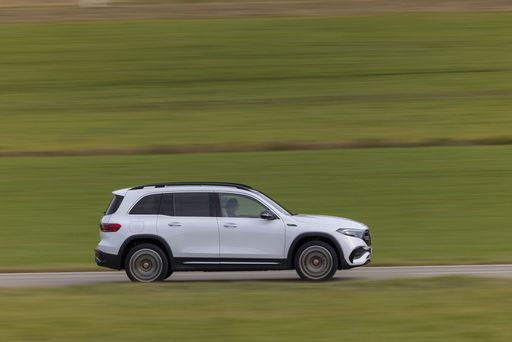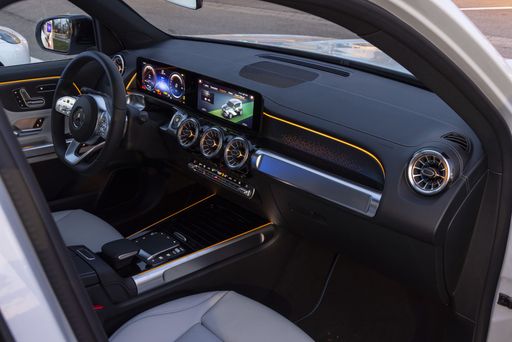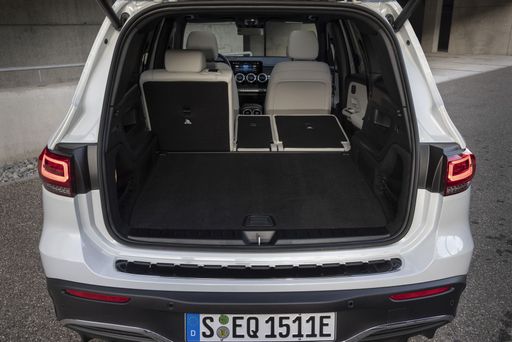An In-Depth Comparison: Audi Q4 e-tron vs. Mercedes EQB
The electric vehicle market is brimming with innovation, and two of the hottest contenders are the Audi Q4 e-tron and the Mercedes EQB. Both models deliver an impressive blend of performance, style, and cutting-edge technology, but which one ultimately reigns supreme? Let’s dive into a detailed comparison of these two electric SUVs to uncover their technical specifications and unique features.

